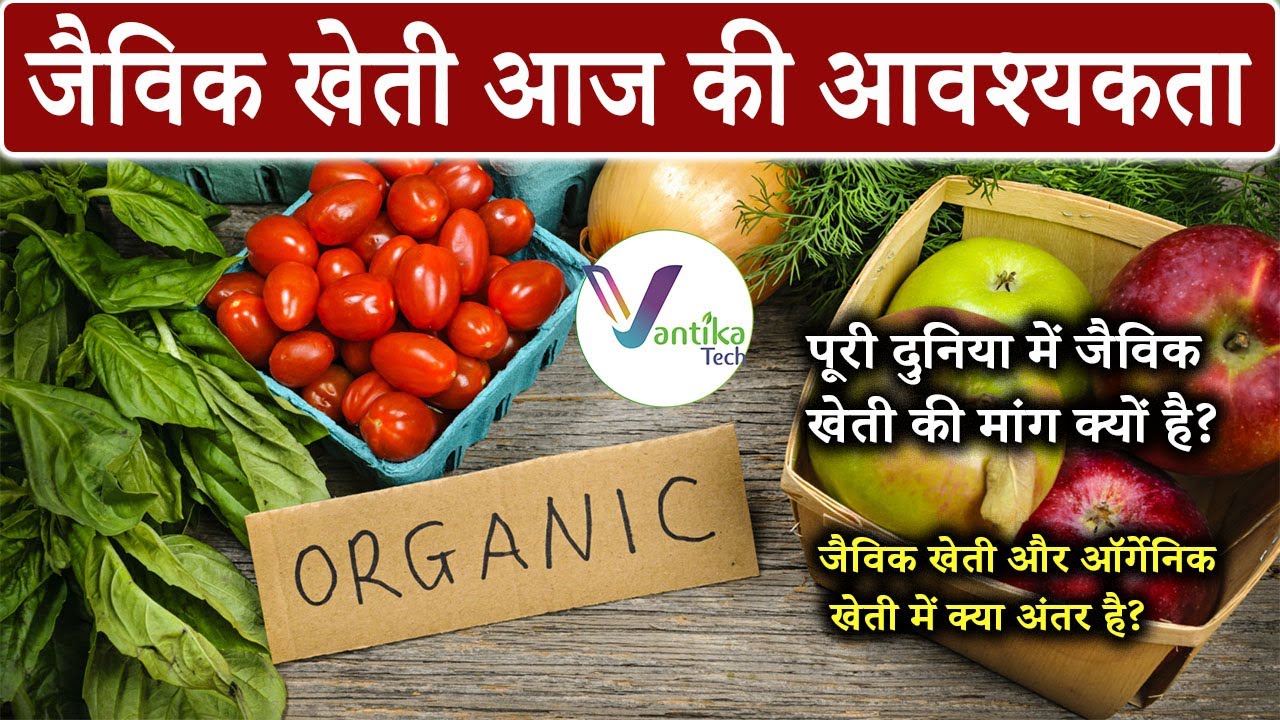In recent years, there has been a growing interest in sustainable farming practices that promote soil health, reduce environmental impacts, and enhance long-term agricultural productivity. Among these practices, cover cropping and crop rotation have gained significant attention for their numerous benefits. In this blog, we will delve into the world of sustainable farming and explore the importance of cover crops and crop rotation in improving soil health and overall farm sustainability.
Understanding Cover Crops:
Cover crops are plants intentionally grown to protect and improve the soil during periods when primary crops are not actively growing. These crops are typically planted between regular cash crops or during fallow seasons. Some common cover crops include legumes (such as clover and vetch), grasses (such as rye and barley), and brassicas (such as radish and mustard). Here are some key benefits of cover crops:
1.1 Soil Erosion Prevention:
Cover crops act as a protective blanket, preventing soil erosion caused by wind and water. Their dense root systems and foliage shield the soil surface, reducing the impact of heavy rain and wind erosion.
1.2 Nutrient Retention and Cycling:
Cover crops play a crucial role in nutrient management. They scavenge excess nutrients from the soil, reducing the risk of nutrient runoff into water bodies. As the cover crops decompose, they release these nutrients back into the soil, enriching it for subsequent crops.
1.3 Weed Suppression:
Cover crops compete with weeds for resources like light, water, and nutrients. By crowding out weeds, they naturally suppress their growth, reducing the need for synthetic herbicides.
1.4 Enhanced Soil Health:
Cover crops improve soil structure and fertility. Their roots penetrate deep into the soil, promoting aeration and drainage, while also increasing organic matter content. This improves soil water-holding capacity, nutrient availability, and overall soil health.
Exploring Crop Rotation:
Crop rotation is the practice of systematically alternating different crops in a specific sequence on the same piece of land over time. This practice offers several advantages:
2.1 Pest and Disease Management:
Crop rotation helps break the lifecycle of pests and diseases. By rotating crops, farmers disrupt the buildup of specific pests and pathogens, reducing the need for chemical interventions.
2.2 Nutrient Balance:
Different crops have varying nutrient requirements. Crop rotation allows for the balanced use of soil nutrients, as each crop takes up and releases different nutrients. This helps prevent nutrient imbalances and ensures optimal nutrient availability for crops.
2.3 Weed Control:
Crop rotation can help manage weeds. Different crops have different growth habits and allelopathic properties, which can naturally suppress weeds. By rotating crops, farmers can minimize weed pressure and reduce reliance on herbicides.
2.4 Soil Health and Fertility:
Crop rotation improves soil health by diversifying the root systems and nutrient demands of different crops. This promotes beneficial microbial activity, nutrient cycling, and organic matter accumulation, leading to improved soil fertility and structure.
3. The Synergy of Cover Crops and Crop Rotation:
Combining cover crops and crop rotation creates a powerful synergy that maximizes the benefits for sustainable farming:
3.1 Soil Improvement:
Cover crops enhance soil health during fallow periods, and crop rotation ensures continuous improvement by incorporating diverse crops with different nutrient requirements and root structures.
3.2 Pest and Disease Management:
The diverse cropping system disrupts pest and disease cycles, while cover crops provide habitat for beneficial insects and microorganisms that help control pests naturally.
3.3 Enhanced Resilience:
By diversifying the farm's plant species and promoting healthy soils, the combination of cover crops and crop rotation increases the farm's resilience to climate variability, extreme weather events, and pest pressures.
Conclusion:
The adoption of sustainable farming practices is crucial for the long-term viability of agriculture. Cover cropping and crop rotation offer immense benefits by improving soil health, preventing erosion, managing pests and diseases, and optimizing nutrient cycling. By implementing these practices, farmers can promote sustainability, reduce environmental impacts, and enhance the productivity and profitability of their farms.
Thank you for visiting Vantika Tech, where we are dedicated to agriculture and providing innovative solutions for farmers. Stay connected for more insightful articles and updates on farming practices.
#sustainablefarming #covercrops #croprotation #soilhealth #farmSustainability #nutrientmanagement #pestmanagement #weedcontrol #vantikatech
.jpg)







No comments:
Post a Comment